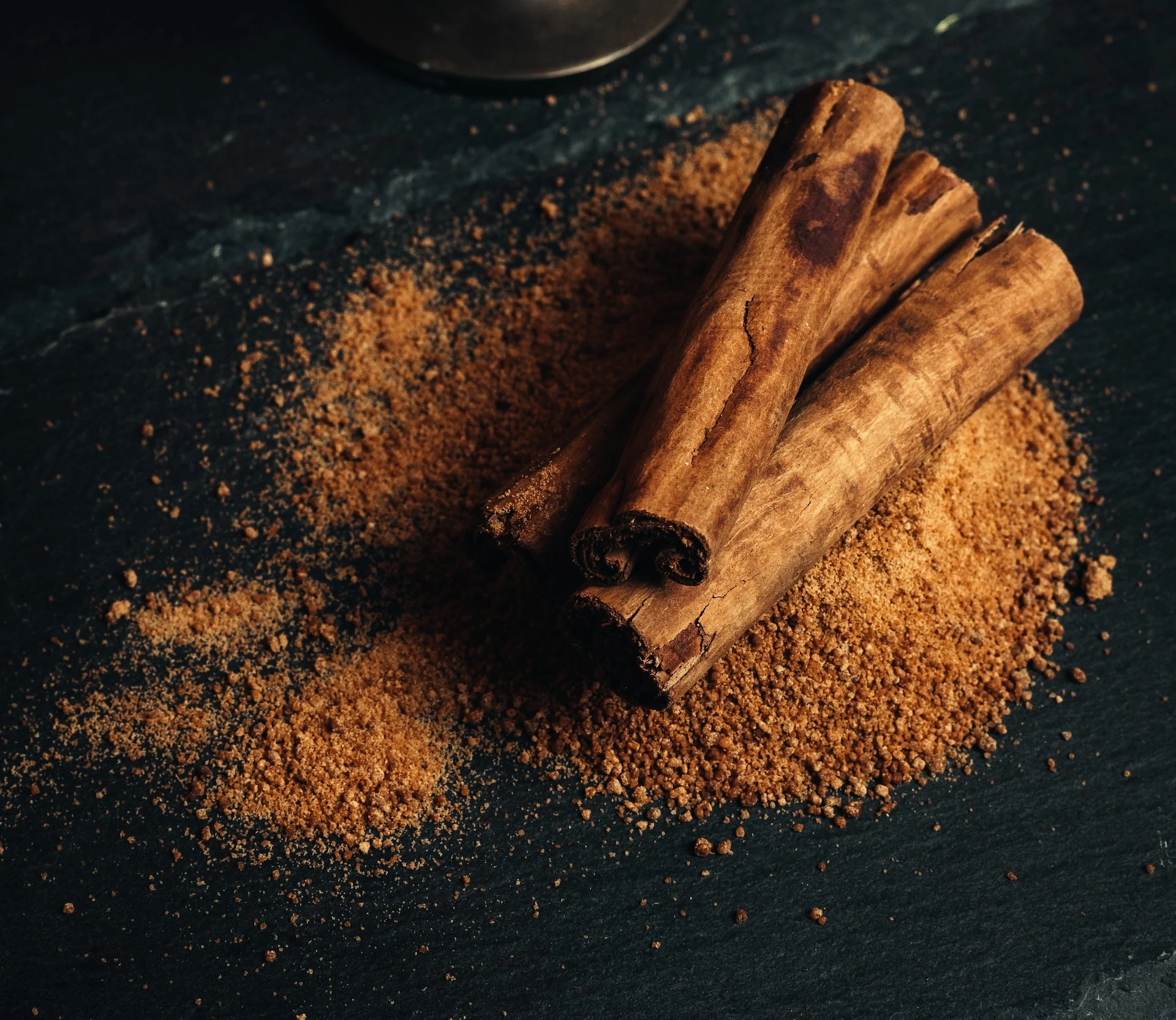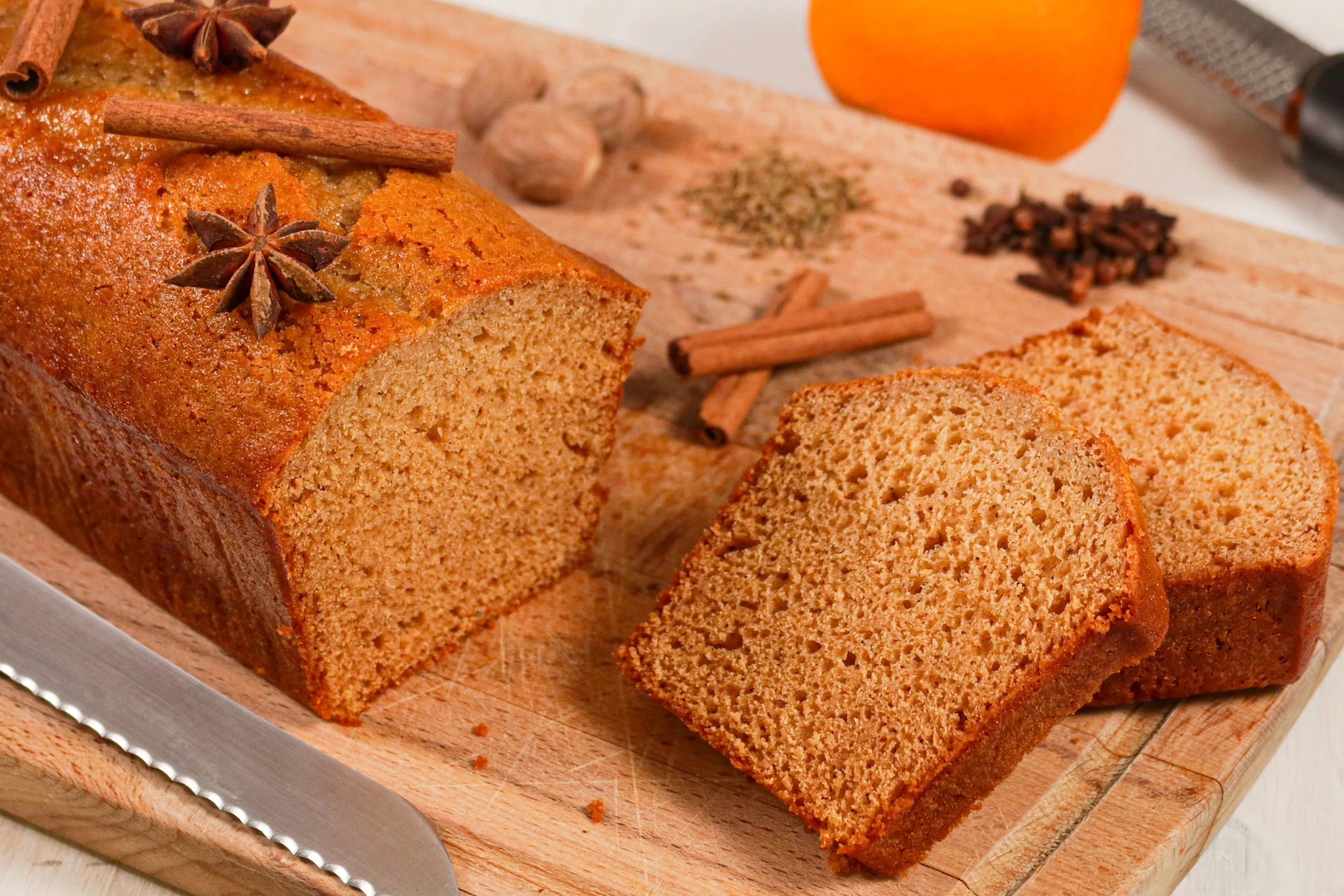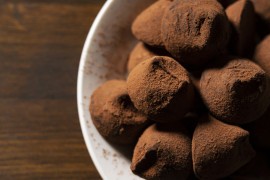Here is what you are going to discover:
The story of French gingerbread, the best ingredients, the right spices, how to bake it properly, mistakes to avoid, food pairings with cheese or foie gras, and the special regional traditions around this legendary French treat.
An ancestral sweetness, symbol of Christmas
French people have been eating this honey-spice cake for centuries. It is part of our culinary identity, especially during winter and Christmas celebrations. The original purpose of this bread was to preserve the precious spices by mixing them with flour and honey.
The best recipe for gingerbread cake
This is the best way to make gingerbread at home. Gingerbread made by pastry chefs takes much longer to prepare. The "mother" dough, made from honey, spices, and flour, must be left to rest for several months in advance. In Lorraine, they start at the end of summer. The recipe we suggest will allow you to make a moist gingerbread cake that keeps well and is delicious.
Honey is essential for making successful gingerbread. You need as much honey as flour. Photo selected by monsieurdefrance.com: Arwin Neil Baichoo on Unsplash
Ingredients
Serves 4
- 1 whole egg (large)
- 1 packet of baking powder
- 10 ounces of milk
- 30 grams of unsalted butter
- 30 grams of sugar
- 200 grams of honey
- 200 grams of wheat flour (you can also use rye flour or buckwheat flour if you prefer).
- 12 to 15 grams of gingerbread spices
- Keep one or two cinnamon sticks and star anise pods to decorate the cake.
- A little honey or jam or light-colored jam (quince, for example) to make the cake shine.
Wheat flour, rye flour, buckwheat flour... or gluten-free version
Flour influences texture: wheat flour makes a moist cake, rye flour gives a more rustic and deep flavor, and chestnut flour adds a naturally sweet touch.
Choosing the right honey: the key to fragrance
Honey is the soul of gingerbread. Acacia honey for delicacy, fir or mountain honey for woody notes, lemon honey for a lively touch... honey determines the final character of the cake.
For spices, if you are making the mixture yourself:
- 3 grams of cinnamon
- 3 grams of ground ginger
- 2 grams of star anise (or green anise)
- 2 grams of ground cloves
- 2 grams of coriander
- 2 grams of cardamom.
You can make your own mixture by putting all the spices in a blender. If you would like to order gingerbread spices, you can do so here.
Cinnamon. Photo selected by monsieurdefrance.com: Angelo Pantazis on Unsplash
Method — the right technique for perfect dough
- Start by mixing the butter, milk, and honey in a saucepan over low heat.
- When it is melted and well mixed, allow to cool.
When the hot mixture has cooled down a little.
- Preheat your oven to 170°C (thermostat 4).
- Take a mixing bowl and put the flour, sugar, spices, and baking powder in it and mix them together.
- break the egg and add it gradually
- Then gradually add the honey, milk, and butter mixture with a wooden spoon to form your starter dough. It should be smooth.
- Grease your cake pan.
- Pour your sourdough starter into it.
- Bake for 45 minutes at 170°C. But you can also make it a little crispier by baking it for 10 minutes at 190°C, then 1 hour at 150°C.
- When ready, remove from the mold and coat with liquid honey or jam.
- Add one or two cinnamon sticks and star anise.
How to serve and enjoy gingerbread
Cut it into thick slices, slightly warm: the flavors explode in your mouth.
The real (important) secret:
always chew each bite before swallowing—this releases the aromas of the spices and honey, like a wine that is left to breathe.
For sweet and savory dishes:
finely crumbled under a foie gras, it is an absolute marvel.
Mistakes to avoid at all costs to make perfect gingerbread
Making gingerbread is simple—but there are some classic pitfalls. The first mistake is using too little honey: it's what gives the gingerbread its moistness and aromatic depth. The second mistake is adding too many spices, which makes the taste overpowering. Another common mistake is opening the oven during baking — the gingerbread will immediately collapse. You should also let the dough rest for a few minutes before putting it in the oven, and always remove the oyster... sorry — the cake! — gently from the mold. Finally, never cut gingerbread while it is still hot: it will fall apart, dry out faster, and not release its aromas. You have to let it keep its dignity... and its fragrance.
Gingerbread: gourmet pairings and culinary combinations
Gingerbread isn't just delicious on its own—it's also extraordinary when paired with other foods. It goes beautifully with foie gras: the subtle sweetness of the honey complements the salty flavor of the foie gras. It can also be served with blue cheeses such as Roquefort or Gorgonzola, which pair well with its mild flavor. As for drinks, black tea, mulled wine, dry Muscat, or Gewurztraminer are perfect. And for afternoon tea, lightly toasted gingerbread with orange or fig jam is simply a little party in your mouth. There is a simple rule: anything that goes well with honey goes well with gingerbread.
Gingerbread in French cities
Gingerbread is a major specialty in many cities in France. For example, in Dijon, it dates back to the arrival of Marguerite of Flanders (1350-1405), wife of Philip the Bold, Duke of Burgundy (1342-1404). It is made from white wheat flour. There is also gingerbread from Reims, made from rye flour, which was already known to Henry IV and became famous in the 18th century thanks to Champagne honey. The monks of Marienthal, in Alsace, were already enjoying Alsatian gingerbread in 1412. It was in the 19th century that people began to give it amusing shapes, notably the famous "manele," or little man. It can of course be enjoyed as a snack or in the morning, but it is also excellent in sweet and savory dishes, for example with foie gras, crumbled over the foie gras before serving. With a small rocket salad and a balsamic vinegar dressing, it is a pure delight. In neighboring Lorraine, gingerbread with Vosges honey is also very popular, and it is often given to children on Saint Nicholas Day. It is shaped like Saint Nicholas (with a picture of him on top) or his donkey.
FAQ — Gingerbread
What kind of flour should you use to make good gingerbread?
Wheat flour works perfectly, but rye flour adds a more rustic and traditional note, especially for the "Reims" style.
Which honey should you choose for gingerbread?
All-flower or acacia honey for a mild taste, fir or mountain honey for deeper, woodier aromas.
Should gingerbread be chewed or allowed to melt?
Gingerbread must be chewed to release all its spice and honey flavors—this is the best way to enjoy it.
Can you make gluten-free gingerbread?
Yes, by replacing wheat flour with chestnut flour or rice flour.
How to store gingerbread properly?
In aluminum foil or a clean cloth, at room temperature. It will keep for several days and remain soft.
How can you get a nice shiny top on your gingerbread?
By coating it while still warm with liquid honey or light-colored jam such as quince jelly.
Can you use your own spice blend?
Yes, by combining cinnamon, star anise, ginger, cardamom, coriander, and cloves—finely ground for the perfect texture.
What should you serve gingerbread with?
Excellent on its own, it also goes well with foie gras, arugula salad, black tea, or a glass of warm milk.








